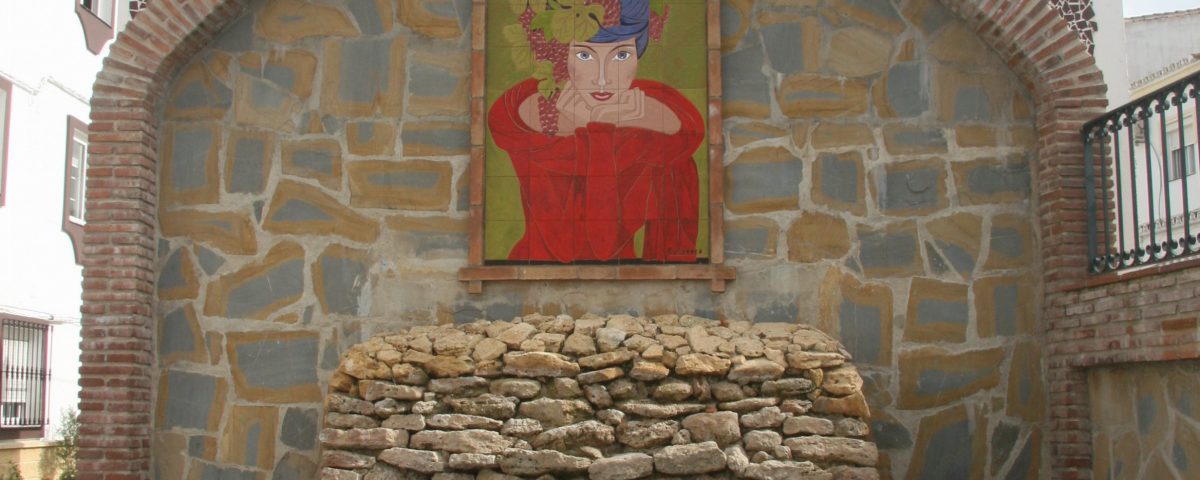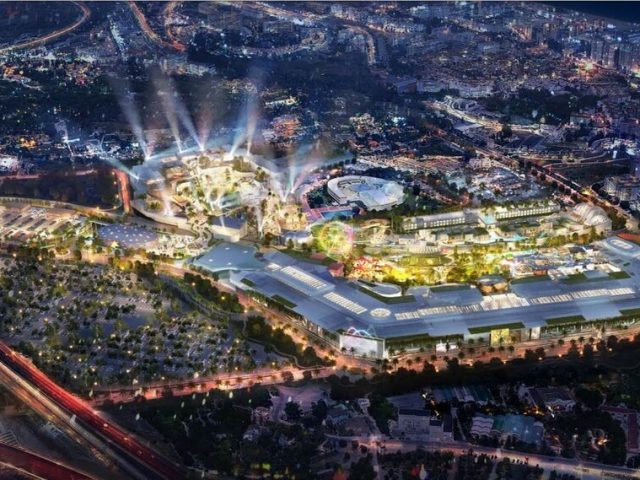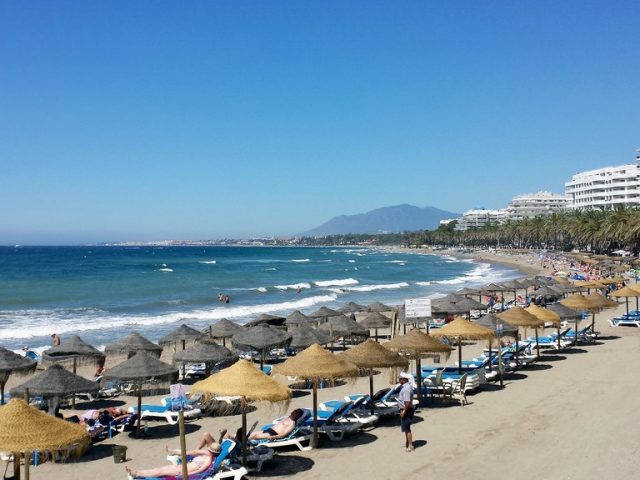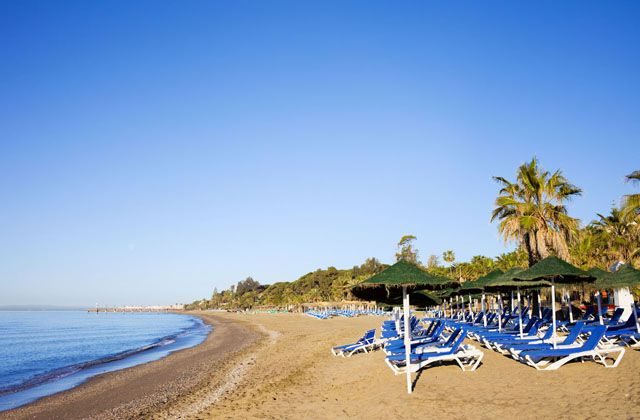- Have any questions?
- +34 951 273 575
- info@allaboutandalucia.com
Manilva over millennia

Raising centuries-old ships can reveal a treasure trove of information about our buried past
February 22, 2017
Fiesta Feast
February 23, 20176,000 BC – Neolithic farmers were the first to discover Manilva’s assets. Some of their tools and pots were recently uncovered in the remains of the Sierra de la Utrera caves, on the northern edge of Sabinillas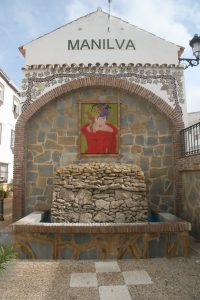
3,000 BC – Other civilisations moved in. Excavations have unearthed pottery of Phoenician traders and foundations of walls, suggesting that a Bronze Age agrarian fort once stood in the area.
2000 BC – Fish salting basins, a market, necropolis and a villa were all built by the Romans in Sabinillas, which historians believe they named Saltum. Olives and grapes began to flourish, while a kiln was constructed on the site of Manilva’s current park to make bricks, tiles and pottery.
711 AD – The Moorish invasion established the settlement of Martagina on the southern edge of Los Castillejos de Alcorrin. Here, locals grew bananas and figs until the 18th century
1400-1500 AD – Barbary pirate raids forced most of the population to flee into the hills for security. However, many still returned daily to fish.
1515-20 -The Duke of Arcos conceded the first lands for vineyards which celebrated their heyday in the 17th and 18th centuries.
1530 – The hilltop village of Manilva proper began to take shape thanks to its Duke, who parcelled off pieces of land to encourage people to settle there.
1722 – The Church of Santa Ana in Manilva village was destroyed by an earthquake.
1796 – Manilva gained independence from Casares, when it was given a ‘royal privilege of the town.’
1936-1939 – During the Spanish Civil War Mussolini marched fascist Italian troops down the main Sabinillas artery, now the N340.

